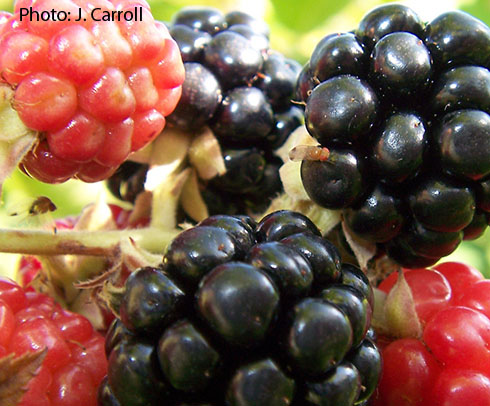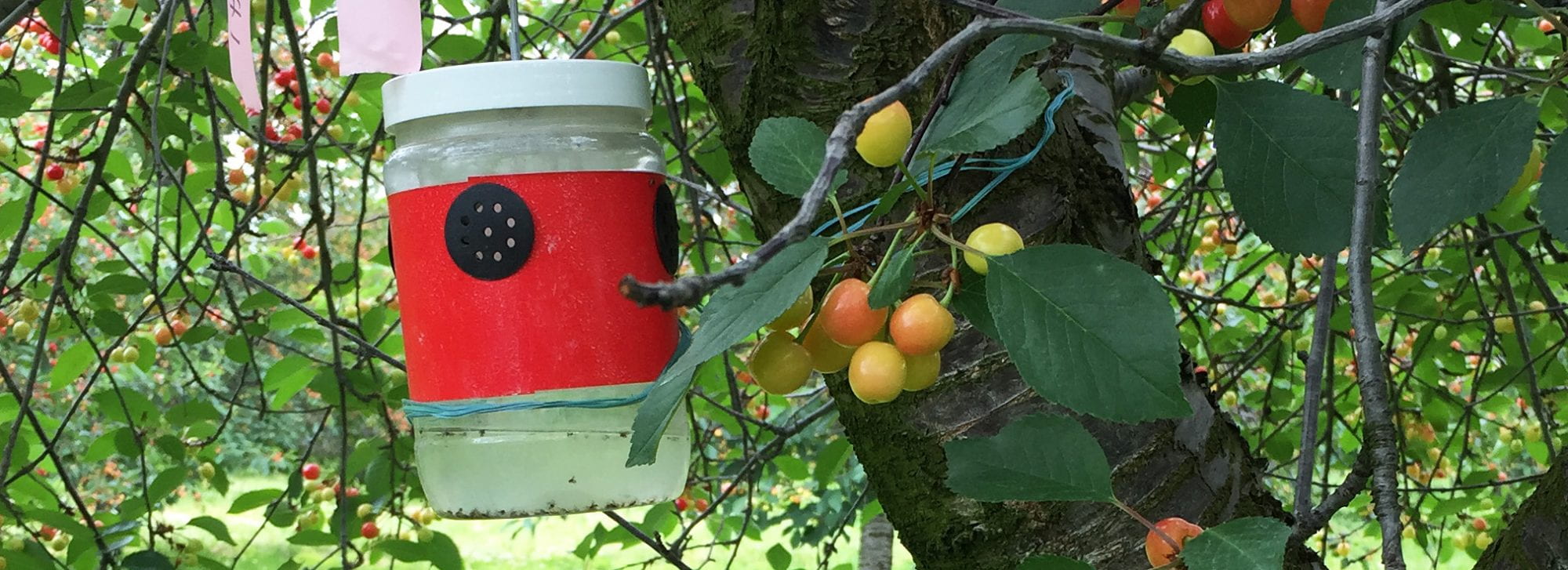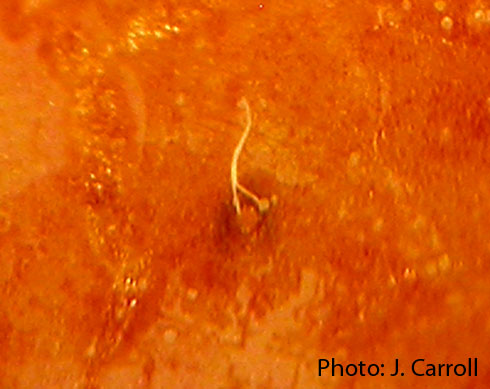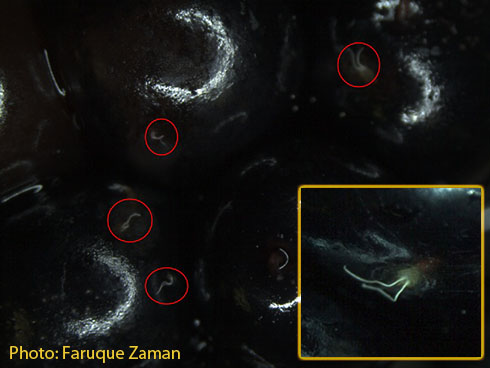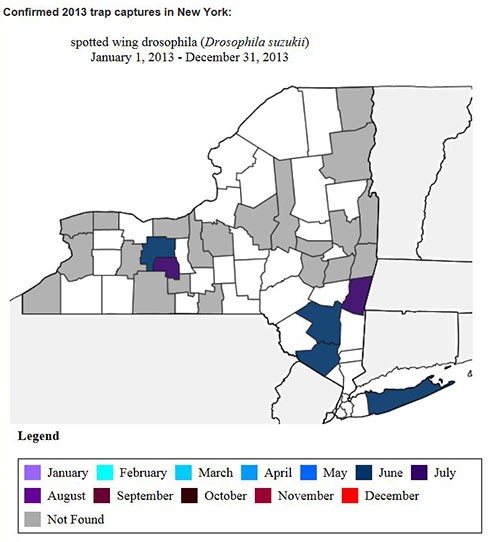Kat Loeck, Vegetable & Fruit Specialist, South Central NY Ag Team, Cornell Cooperative Extension of Tioga County will host a twilight meeting on Tuesday, June 18 from 5:00 to 7:00 PM, at Silver Queen Farm, 5286 Stillwell Road, Trumansburg, NY, focusing on SWD. Cornell University faculty Julie Carroll, Fruit IPM Coordinator, NY State IPM Program, and Greg Loeb, Professor and Associate Chair of Entomology, will cover SWD biology and life history, SWD management, how to recognize infested fruit, how to identify SWD males, New York SWD trap network, SWD distribution map of first reports in NY, and the SWD blog to stay informed. Twilight meeting materials include:
Spotted Wing Drosophila (SWD) Biology and Life Cycle. June 2013.
Chemical Control of Spotted Wing Drosophila in Berry Crops. May 2013. Greg Loeb, Cathy Heidenreich, Laura McDermott, Peter Jentsch, Debbie Breth, and Juliet Carroll. Cornell University. New York Berry News, Volume 12, Number 5.
Spotted Wing Drosophila (SWD) Crops of Concern and Wild Hosts. June 2013.
Recognize Fruit Damage from Spotted Wing Drosophila (SWD). December 2010. Vaughn Walton, Jana Lee, Denny Bruck, Peter Shearer, Emily Parent, Thomas Whitney, and Amy J. Dreves. Oregon State University and USDA ARS.
Spotted Wing Drosophila Identification Guide. June 2012. Steven Van Timmeren, Katie O’Donnell, and Rufus Isaacs. Dept of Entomology, Michigan State University, Lansing.
Spotted Wing Drosophila (SWD) Monitoring Traps. June 2013. Juliet Carroll. NYS IPM Program, Cornell University, Geneva.
Who’s monitoring SWD in NY? May 2013. Juliet Carroll. NYS IPM Program, Cornell University, Geneva.
For pdf copies of the meeting materials, contact Julie at jec3@cornell.edu.

